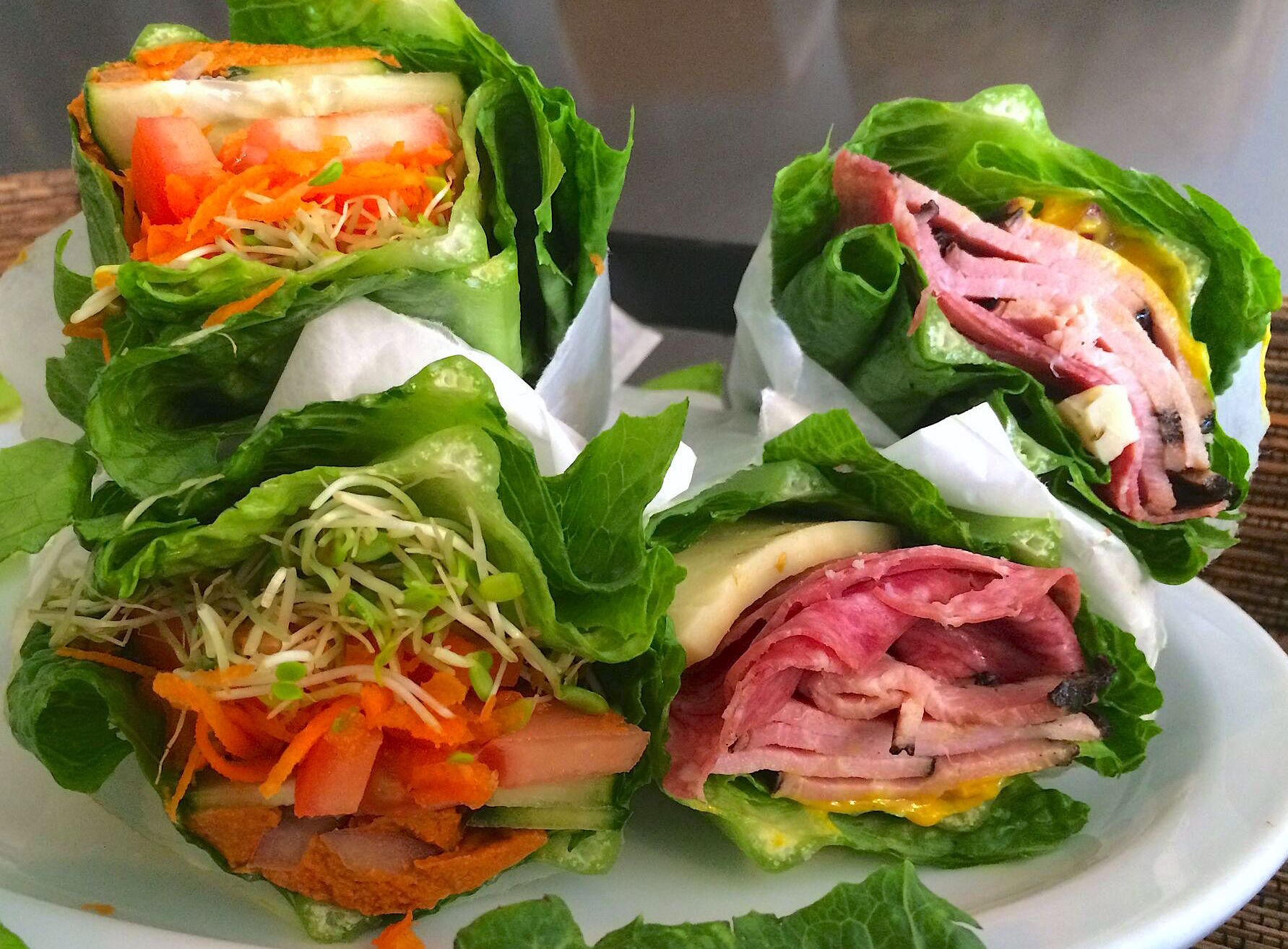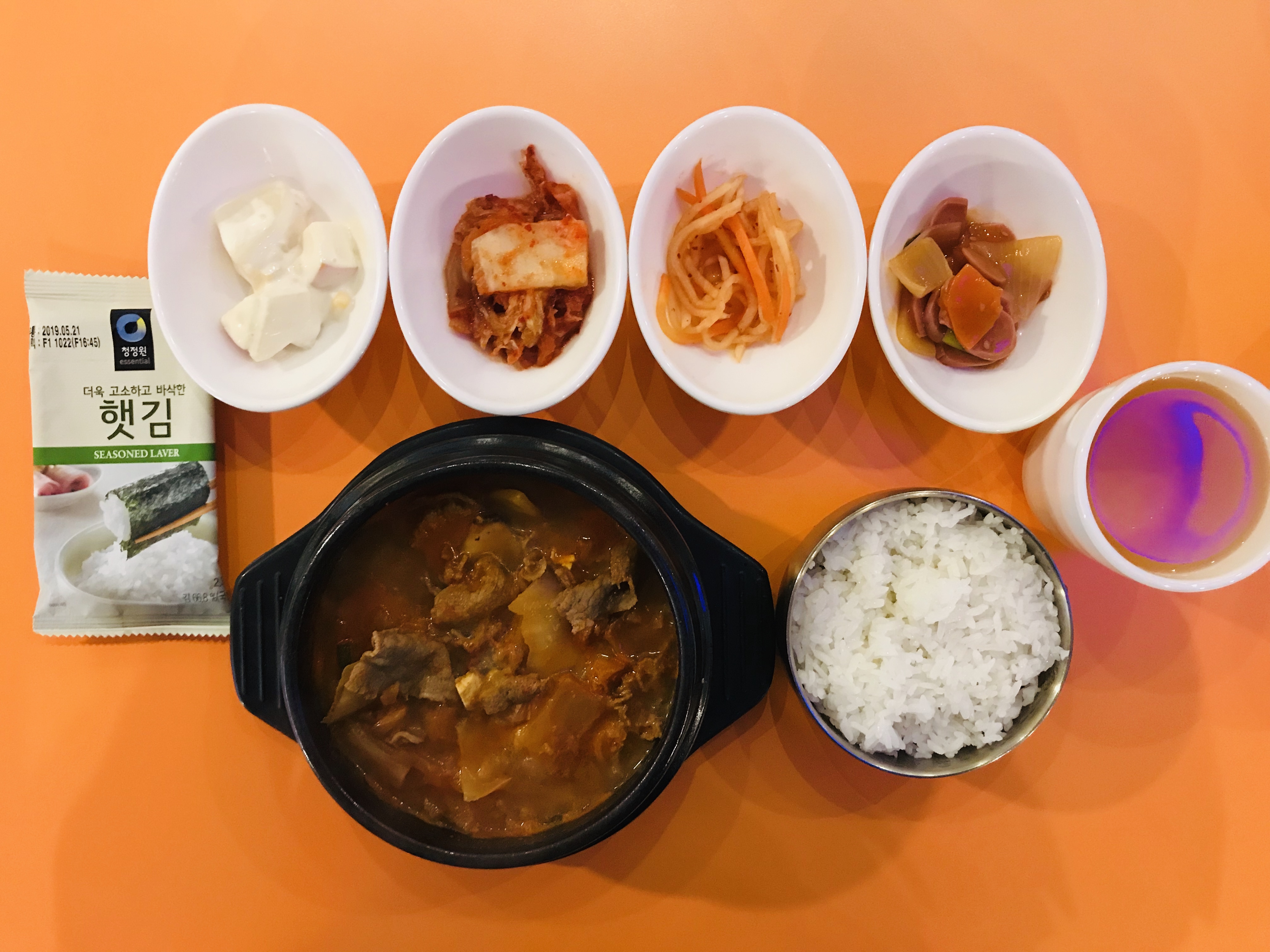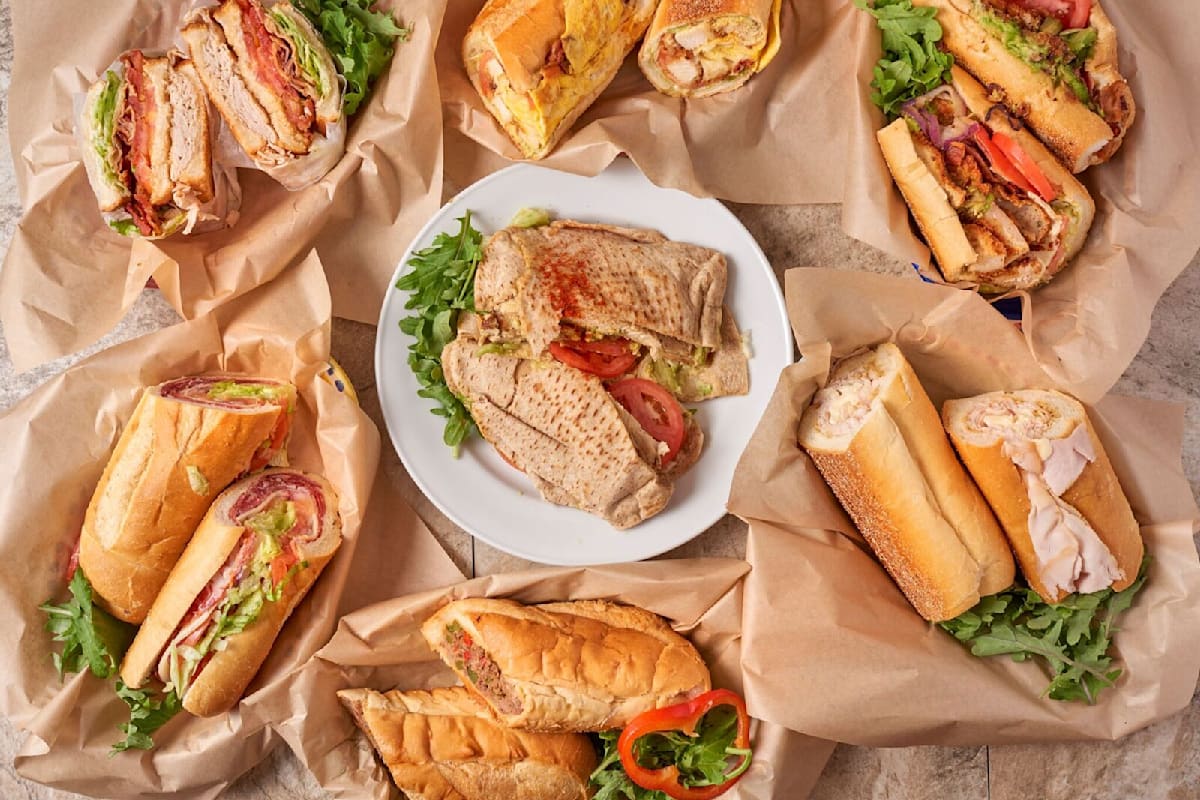As hana food takes center stage, this opening passage beckons readers into a world crafted with exquisite detail, ensuring a reading experience that is both absorbing and distinctly original. Embark on a culinary journey that explores the historical roots, vibrant flavors, and cultural significance of this cherished Hawaiian cuisine.
Hana food is not merely a collection of dishes; it is a testament to the rich heritage and deep connection between the Hawaiian people and their land. Indigenous ingredients, traditional cooking methods, and a profound respect for sustainability weave together a tapestry of culinary delights that tantalize the taste buds and nourish the soul.
Hana Food History and Origins
Hana food is deeply rooted in the cultural heritage and traditions of the Hana people. Its origins can be traced back to the indigenous ingredients and cooking methods that have been passed down through generations.
Indigenous Ingredients and Traditional Cooking Methods
The Hana people have a deep connection to the land and its resources. Their cuisine reflects this connection, with a heavy reliance on locally sourced ingredients such as taro, sweet potato, breadfruit, and fish. Traditional cooking methods, such as roasting in underground ovens (imu) and boiling in coconut milk, have been preserved and continue to play a vital role in Hana food preparation.
Influence of Other Cuisines
Over time, Hana food has been influenced by various other cuisines, including Polynesian, Chinese, and Western. The introduction of new ingredients and techniques has enriched the Hana culinary landscape, resulting in a unique blend of flavors and textures.
Key Ingredients and Flavors

Hana food showcases a unique blend of flavors and textures, crafted from a combination of essential ingredients. These ingredients, sourced from the region’s rich culinary traditions, play a pivotal role in defining the distinct culinary experience of Hana.
The foundation of Hana cuisine lies in its fresh seafood, caught from the pristine waters surrounding the island. Fish, shellfish, and crustaceans form the cornerstone of many dishes, contributing a delicate sweetness and subtle brininess. The seafood is often grilled, steamed, or fried to enhance its natural flavors.
Produce
Hana’s fertile volcanic soil nurtures a wide array of fruits and vegetables, adding vibrant colors and flavors to the local cuisine. Tropical fruits like papaya, mango, and pineapple burst with sweetness, while local greens such as spinach, kale, and watercress provide a refreshing contrast.
These ingredients are often incorporated into salads, side dishes, and even desserts.
Spices and Herbs
Hana’s culinary scene is infused with a symphony of spices and herbs, each adding its own distinctive note to the overall flavor profile. Turmeric, ginger, and garlic form the holy trinity of Hana cuisine, providing a warm, earthy undertone to many dishes.
Fresh herbs like cilantro, basil, and mint add a refreshing brightness, balancing the richness of the other ingredients.
Coconut
Coconut holds a special place in Hana food, adding a touch of tropical sweetness and creaminess. Coconut milk is used as a base for curries, soups, and desserts, while shredded coconut adds a textural element to salads and pastries. The versatility of coconut makes it an indispensable ingredient in Hana’s culinary repertoire.
Culinary Experience
The combination of these essential ingredients creates a culinary experience that is both vibrant and harmonious. The freshness of the seafood, the sweetness of the produce, the warmth of the spices, and the creaminess of the coconut all come together to form a symphony of flavors that tantalize the taste buds.
Hana food is a testament to the island’s rich culinary heritage, showcasing the harmonious interplay of fresh, local ingredients. Each dish is a celebration of the region’s unique flavors, offering a culinary adventure that is both satisfying and memorable.
Traditional Hana Food Dishes
Hana cuisine boasts a rich array of traditional dishes that reflect the unique flavors and culinary heritage of the region. These dishes are often prepared using fresh, locally sourced ingredients and feature a harmonious blend of sweet, savory, and tangy flavors.
Hana’s Signature Dishes
- Hana Tomato:Hana is renowned for its sweet and juicy tomatoes, which are used in a variety of dishes, including salads, soups, and even desserts.
- Hana Maui Onion:The Maui onion, grown in the volcanic soil of Hana, is known for its mild, slightly sweet flavor and is often used in salads, sandwiches, and as a garnish.
- Hana Taro:Taro root is a staple ingredient in Hawaiian cuisine, and Hana is known for its particularly flavorful taro. It is used to make poi, a traditional Hawaiian dish made from mashed taro.
- Hana Limu:Limu, or seaweed, is a common ingredient in Hana cuisine. It is often used in salads, soups, and as a condiment.
- Hana Banana:Hana is home to a variety of banana varieties, including the popular apple banana. These bananas are often used in desserts and smoothies.
These traditional Hana food dishes are not only delicious but also hold cultural and social significance. They are often served at special occasions, such as weddings, birthdays, and community gatherings, and are a way to share the flavors and traditions of Hana with others.
Hana Food Cooking Techniques
Hana food preparation employs traditional techniques that have been passed down through generations. These techniques showcase the region’s unique culinary heritage and contribute to the distinct flavors and textures of Hana cuisine.
Fire, smoke, and fermentation play crucial roles in creating the characteristic flavors of Hana food. Open-fire cooking imparts a smoky aroma and enhances the natural flavors of ingredients. Smoke preservation methods, such as drying and smoking fish, create intense flavors and extend the shelf life of food.
Fermentation, Hana food
Fermentation is an essential technique in Hana food preparation. Fermented foods, such as poi, haupia, and lomilomi salmon, add depth of flavor and provide probiotics that benefit gut health. The fermentation process involves controlled bacterial or yeast activity, which breaks down sugars and produces lactic acid and other compounds that contribute to the distinctive tangy and sour flavors.
Sustainability
Sustainability is a core principle in Hana food culture. Traditional cooking techniques emphasize the preservation and preparation of food in a way that minimizes waste and respects the environment. The use of local and seasonal ingredients reduces transportation emissions and supports local farmers.
Additionally, traditional preservation methods, such as drying and smoking, allow for the storage of food without the use of refrigeration or preservatives.
Hana Food as a Cultural Expression

Hana food is more than just sustenance; it is an integral part of Hawaiian culture and identity. Food traditions have been passed down through generations, serving as a vital link to the past and a source of cultural continuity.
Hana food is central to community gatherings and celebrations. It is a way to connect with family, friends, and neighbors, sharing not only food but also stories, laughter, and a sense of belonging. From traditional luaus to family picnics, Hana food is a centerpiece of social interactions, fostering a sense of community and cultural pride.
Food Traditions Passed Down Through Generations
The preservation of Hana food traditions is crucial for maintaining cultural heritage. Knowledge of traditional recipes, cooking techniques, and the use of local ingredients is passed down from elders to younger generations through oral tradition and hands-on experience. This intergenerational transmission ensures that these culinary practices continue to thrive and evolve.
Importance of Food in Community Gatherings and Celebrations
Hana food plays a pivotal role in strengthening community bonds and celebrating important milestones. Traditional dishes like poi, kalua pig, and lau lau are often prepared for luaus, weddings, birthdays, and other special occasions. These gatherings provide opportunities for families and communities to come together, share food, and create lasting memories.
Contemporary Interpretations of Hana Food
Contemporary chefs and restaurants are reimagining Hana food to suit modern tastes while honoring its traditional flavors and techniques. They are experimenting with new ingredients, cooking methods, and presentations to create innovative dishes that showcase the essence of Hana cuisine in a fresh and exciting way.
Fusion Cuisine and Hana Food Innovation
The influence of fusion cuisine has played a significant role in the evolution of Hana food. Chefs are blending elements from different culinary traditions, such as Japanese, Korean, and Western, to create unique and flavorful dishes that appeal to a wider audience.
For example, Hana sushi rolls incorporate traditional Korean ingredients like kimchi and gochujang, while Hana tacos feature a fusion of Mexican flavors with Hana seafood and vegetables.
Hana Food for Health and Well-being

Hana food is not only delicious but also packed with nutrients that contribute to overall health and well-being. The ingredients used in Hana food are rich in vitamins, minerals, antioxidants, and fiber.
Traditionally, many Hana food plants and herbs have been used for medicinal purposes. For example, the leaves of the nonplant ( Morinda citrifolia) are used to treat fever and inflammation, while the roots of the ʻawaplant ( Piper methysticum) are used to promote relaxation and sleep.
Nutritional Value
Hana food is a good source of the following nutrients:
- Carbohydrates:Hana food is a good source of complex carbohydrates, which provide energy and fiber.
- Protein:Hana food contains a moderate amount of protein, which is essential for building and repairing tissues.
- Vitamins:Hana food is a good source of vitamins A, C, and E, which are important for immune function, vision, and skin health.
- Minerals:Hana food is a good source of minerals such as calcium, iron, and potassium, which are important for bone health, blood production, and muscle function.
- Antioxidants:Hana food is rich in antioxidants, which help protect cells from damage.
Traditional Medicinal Uses
In addition to its nutritional value, Hana food has also been used for medicinal purposes for centuries. Some of the traditional medicinal uses of Hana food plants and herbs include:
- Nonleaves: Used to treat fever and inflammation.
- ʻAwaroots: Used to promote relaxation and sleep.
- Tileaves: Used to treat skin infections and wounds.
- ʻUlufruit: Used to treat diarrhea and dysentery.
- Kaloleaves: Used to treat stomach pain and indigestion.
Contribution to a Healthy Diet
Hana food can contribute to a healthy and balanced diet in several ways. It is a good source of complex carbohydrates, protein, vitamins, minerals, and antioxidants. It is also low in fat and sodium.
Incorporating Hana food into your diet can help you improve your overall health and well-being.
Hana Food Preservation and Sustainability
Hana food preservation techniques have been developed over centuries to ensure the availability of food during periods of scarcity. These methods include:
- Drying: Drying removes moisture from food, inhibiting microbial growth. Fish, meat, and vegetables are commonly dried.
- Salting: Salt draws moisture out of food, creating an unfavorable environment for bacteria. Fish and meat are often salted for preservation.
- Smoking: Smoking infuses food with smoke, which contains antimicrobial compounds. Fish, meat, and cheese are often smoked.
- Fermentation: Fermentation involves the controlled growth of beneficial bacteria or yeast, which produce acids and other compounds that inhibit spoilage. Vegetables, fish, and meat can be fermented.
Sustainable fishing and farming practices are essential for preserving Hana food resources. These practices include:
- Limiting overfishing: Fishing quotas and regulations help ensure that fish populations are not depleted.
- Protecting marine habitats: Marine protected areas and other conservation measures help preserve the ecosystems that support fish populations.
- Sustainable farming: Organic farming and other sustainable practices help protect the environment and ensure the long-term availability of agricultural products.
Community-based initiatives play a vital role in protecting Hana food traditions. These initiatives include:
- Preserving cultural knowledge: Community elders and cultural practitioners share their knowledge of traditional food preservation techniques and recipes.
- Supporting local farmers and fishermen: Community-supported agriculture and other initiatives help ensure the economic viability of local food producers.
- Promoting education and awareness: Educational programs and community events raise awareness of the importance of Hana food traditions and sustainable practices.
Key Questions Answered
What is the significance of hana food in Hawaiian culture?
Hana food is deeply intertwined with Hawaiian identity and cultural practices. It plays a central role in community gatherings, celebrations, and rituals, fostering a sense of belonging and connection to the land.
How does hana food reflect the Hawaiian environment?
Hana food showcases the abundance and diversity of Hawaii’s natural resources. Indigenous ingredients, such as kalo (taro), poi (pounded taro), and ‘ulu (breadfruit), are staples in hana food dishes, reflecting the close relationship between the Hawaiian people and their environment.
What are some unique cooking techniques used in hana food?
Traditional hana food cooking techniques include imu (underground oven), kalua (pit cooking), and laulau (food wrapped in ti leaves and cooked in an imu). These methods impart distinct flavors and textures to the dishes, showcasing the culinary ingenuity of the Hawaiian people.
